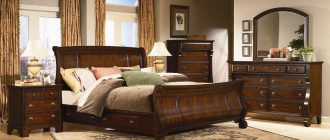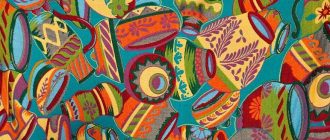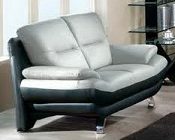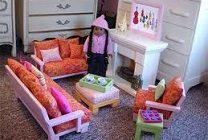Furniture produced in the Bermuda colony of Great Britain quite naturally followed designs which originated in the British Isles. The native cedar trees provided a principal material employed in the construction of island furniture. Seventeenth century banister back chairs were made of oak and walnut, and mahogany was adopted in Late Georgian designs.
Seat furniture followed the more typical Queen Anne and Georgian models. There were simple rectangular frames incorporating a single pierced vase splat, or three or four verticle var splates in the back. Windsor chairs, at first imported from the American colonies, were later copied in mahogany.
Oval gate-leg tables were made with early baluster-form supports, and in Georgian designs accompanied by cabriole legs. Tray-top tables were also fashioned with cabriole legs. Mahogany tripod stands were fitted with dished tops, or, more rarely, shaped tops edged with piecrust moldings, either plain or carved.
Sideboard tables, which followed lines associated with Chippendale and Sheraton forms, were produced at the close of the eighteenth century and during the early years of the following century. Chests, bureaus and highboys were influenced by Queen Anne and Georgian developments.
Bermuda chests, in which cedar was generally used, may be found without supporting frames, or with stands in designs following Queen Anne or Chippendale styles. A most interesting feature of Bermuda work, apparently associated with a particular craftsman or his family, is seen in the use of dovetails, cut so as to form various angular patterns at the four corners of chests. These appear as key patterns, produced by cutting dovetail tenons in opposed “L” shapes, of plain or stepped figures -or in elaborate sawtooth or feather patterns effected by more intricate joining cutouts.





